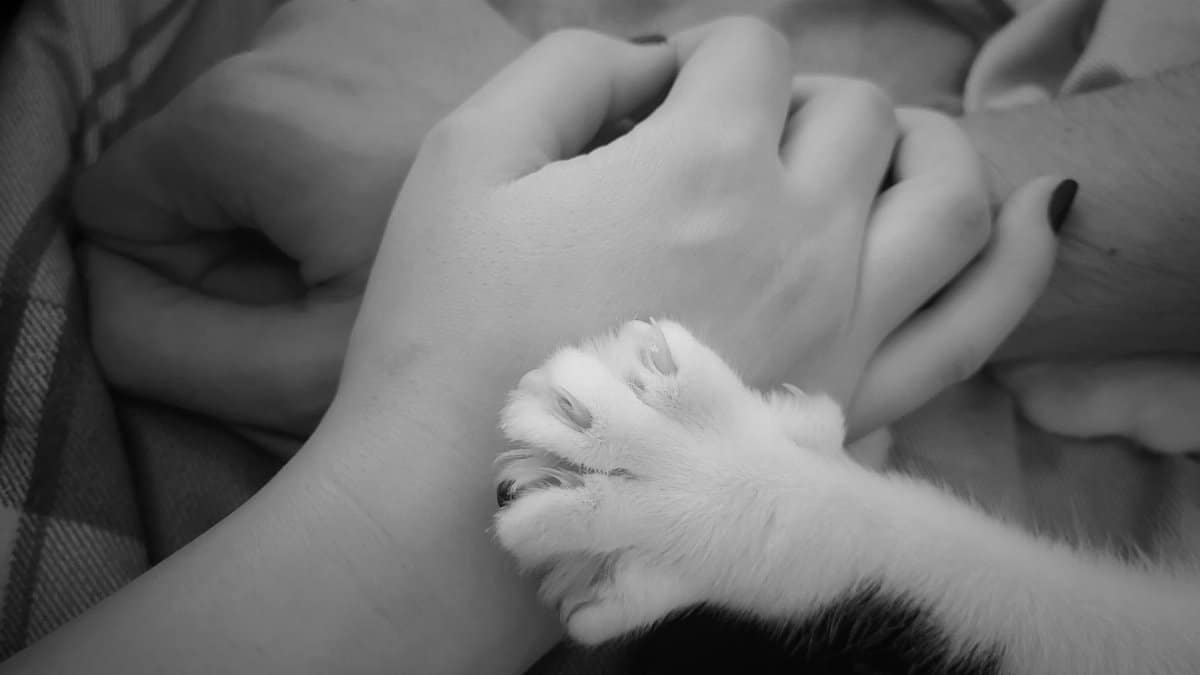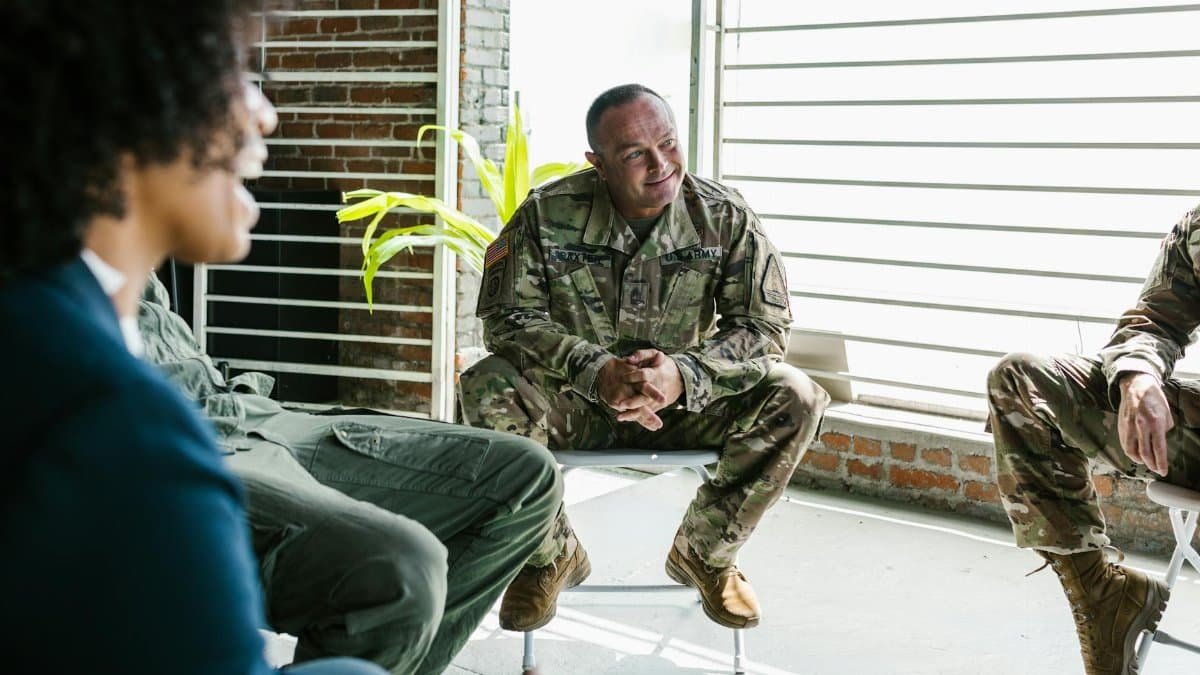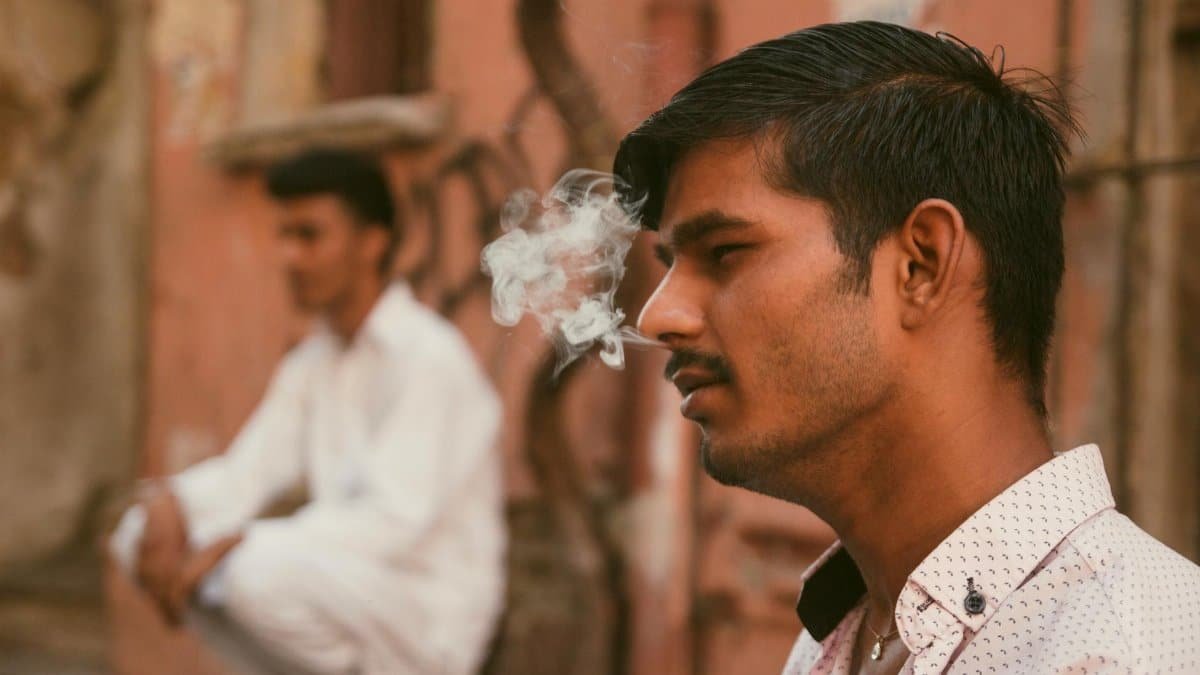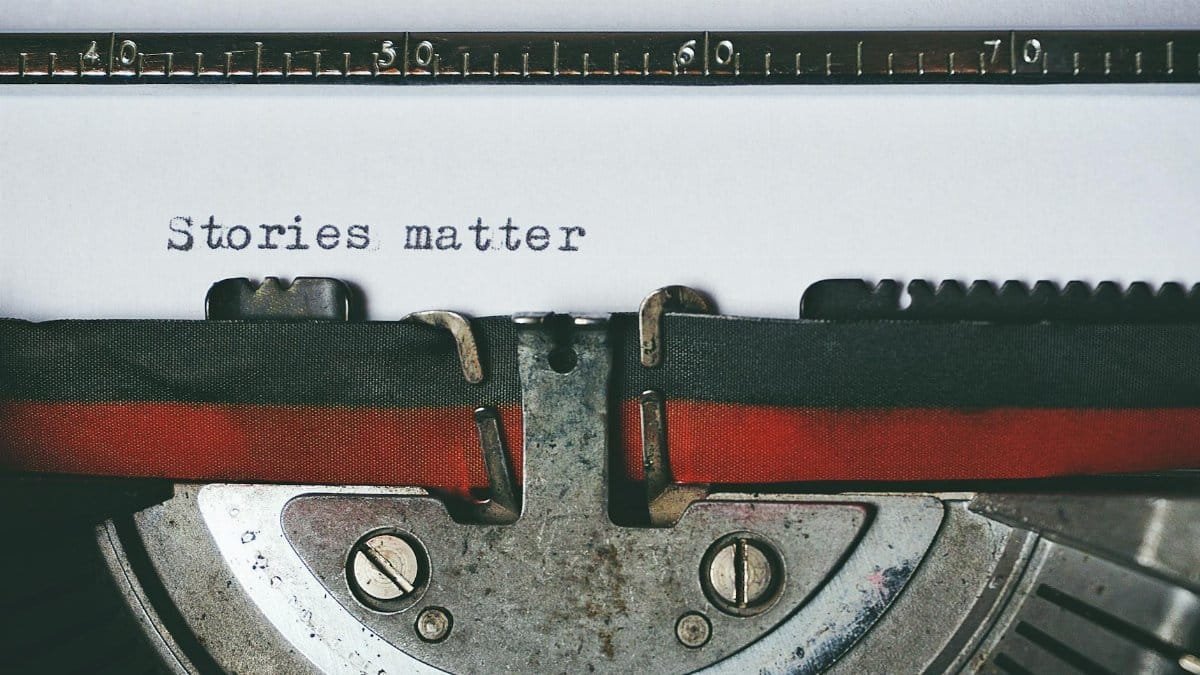Imagine a small community center in Portland, Oregon, where a circle of strangers gathers on a rainy Tuesday evening. They’re not here for a book club or a support group in the traditional sense. Instead, they’re diving into something newer, something raw: story storm healing. One woman, eyes fixed on her folded hands, begins to recount a fragmented memory of loss. Others nod, adding their own pieces—threads of grief, hope, or anger—until a collective narrative emerges. It’s messy, imperfect, but somehow lighter by the end. This process, often called story-storming, is gaining traction across the U.S. as a way to mend personal and communal wounds through shared storytelling. It’s not therapy, exactly, but a collaborative act of weaving individual pain into something larger. For many, it’s a quiet revolution in how we process trauma in 2025.
The Roots of Story Storm Healing

Story storm healing didn’t appear overnight. Its origins trace back to ancient traditions of communal storytelling, from indigenous talking circles to medieval European folktale gatherings. These weren’t just entertainment; they were mechanisms for processing collective hardship. Fast forward to the 21st century, and psychologists began noting the therapeutic potential of narrative. A 2019 study from the University of California, Berkeley, found that constructing personal stories in a group setting can reduce symptoms of anxiety by up to 20% over time (UC Berkeley News). The modern twist—calling it “story-storming”—emerged in grassroots mental health circles around 2020, blending brainstorming’s free-flowing energy with storytelling’s emotional depth. It’s about letting narratives collide and evolve, often without a set endpoint. For Americans grappling with isolation or division, this feels like a timely balm.
Today, story storm healing often happens in informal settings—community centers, libraries, even virtual meetups. Facilitators, if present, don’t dictate; they simply hold space. The lack of rigid structure is key. It mirrors life’s chaos, allowing participants to find meaning in the mess.
How It Works in Practice

In a typical story storm healing session, there’s no script. Someone starts, maybe with a single image—a childhood memory of a slammed door. Another jumps in, layering their own associations—fear, escape, a parent’s voice. The stories don’t have to connect logically. They just build. A 2022 report from the National Institute of Mental Health highlights how such unstructured narrative-sharing can lower cortisol levels, easing stress (NIMH Stress Research). It’s not about solving problems but witnessing them. In one session observed in Chicago, a man in his 50s described the weight of unemployment. A younger participant added her own story of rejection. By the end, they weren’t “fixed,” but they shared a quiet nod of recognition.
The beauty lies in this lack of resolution. Participants often leave with fragments of others’ stories lodged in their minds, reshaping their own perspectives over time. It’s slow, subtle work, but for many, it’s profound.
The Emotional Impact of Shared Narratives

Why does story storm healing resonate so deeply? It’s partly because humans are wired for connection through language. A 2021 study by Harvard University found that sharing personal narratives activates brain regions tied to empathy and bonding (Harvard Gazette). When someone hears a story of struggle and adds their own, it’s not just catharsis—it’s a bridge. In a world of curated social media, where vulnerability feels risky, story-storming offers a rare space to be unpolished. One participant, speaking anonymously in a public online forum, described it as “finally being seen without having to explain everything.”
Yet the emotional stakes are high. Dredging up pain in a group can feel exposing. Some leave sessions raw, needing time to process. But others report a lingering sense of relief, as if their story’s weight has been distributed among many shoulders.
Challenges in the Story-Storming Space

Not every story storm healing session is a success. The lack of formal structure, while freeing, can also derail. Without skilled facilitation, dominant voices may overshadow quieter ones, or the conversation can veer into unhelpful tangents. There’s also the risk of re-traumatization. A 2023 article from the American Psychological Association warns that revisiting painful memories without proper support can worsen distress for some individuals (APA Trauma Resources). Critics argue that story-storming shouldn’t replace professional therapy, especially for those with severe mental health challenges.
Then there’s accessibility. Sessions are often urban-centric, leaving rural Americans with fewer opportunities to engage. Virtual options help, but they lack the visceral energy of in-person storytelling. Balancing inclusivity with emotional safety remains an ongoing hurdle for this growing practice.
Community as a Healing Force

Beyond individual impact, story storm healing has a unique knack for knitting communities back together. In a polarized 2025 America, where trust feels fractured, sitting in a circle to share raw, human experiences can cut through ideological noise. Take a recent gathering in Atlanta, where neighbors from starkly different political backgrounds found common ground over stories of family estrangement. No one changed their voting habits, but they saw each other anew. It’s not a cure for division, but it’s a start.
This communal aspect taps into something primal. We’ve always told stories around fires or kitchen tables to make sense of the world. Story-storming just formalizes that instinct, reminding us that no one’s narrative exists in isolation. It’s a quiet push against the individualism that often defines modern life.
Adapting Story Storm Healing for Everyday Life

You don’t need a formal session to tap into story storm healing. Start small—maybe over coffee with a friend. Share a memory, even a mundane one, and invite them to layer on their own. Let the conversation wander. It’s less about grand revelations and more about the act of exchange. Some families have even turned holiday gatherings into impromptu story-storming, passing around old photos and letting everyone add their version of events.
The key is openness. Don’t force a tidy ending. Let the stories breathe. If it feels awkward at first, that’s fine—vulnerability often does. Over time, these small acts of narrative-sharing can shift how you relate to others, and even to your own past. It’s a low-stakes way to test the waters before joining a larger group.
Looking Ahead at a Growing Movement

As story storm healing gains momentum, its future feels both promising and uncertain. Community organizers are pushing for more training for facilitators to ensure safer spaces. Meanwhile, mental health advocates are exploring how to integrate story-storming into broader wellness programs. There’s even talk of schools using it to help students process stress or conflict, though that raises questions about readiness and oversight.
What’s clear is that Americans are hungry for connection. In an era of digital overload, sitting with others to share unfiltered stories feels like a radical act. Story storm healing may not solve every wound, but it offers a path to carry them differently—together. For now, in towns and cities across the country, these circles keep forming, one fragmented tale at a time.
Natasha is the heart of our exploration into conscious connection. Applying principles from multiple counseling courses in her own life, she guides you to cultivate stronger, more joyful bonds.
Disclaimer
The content on this post is for informational purposes only. It is not intended as a substitute for professional health or financial advice. Always seek the guidance of a qualified professional with any questions you may have regarding your health or finances. All information is provided by FulfilledHumans.com (a brand of EgoEase LLC) and is not guaranteed to be complete, accurate, or reliable.
